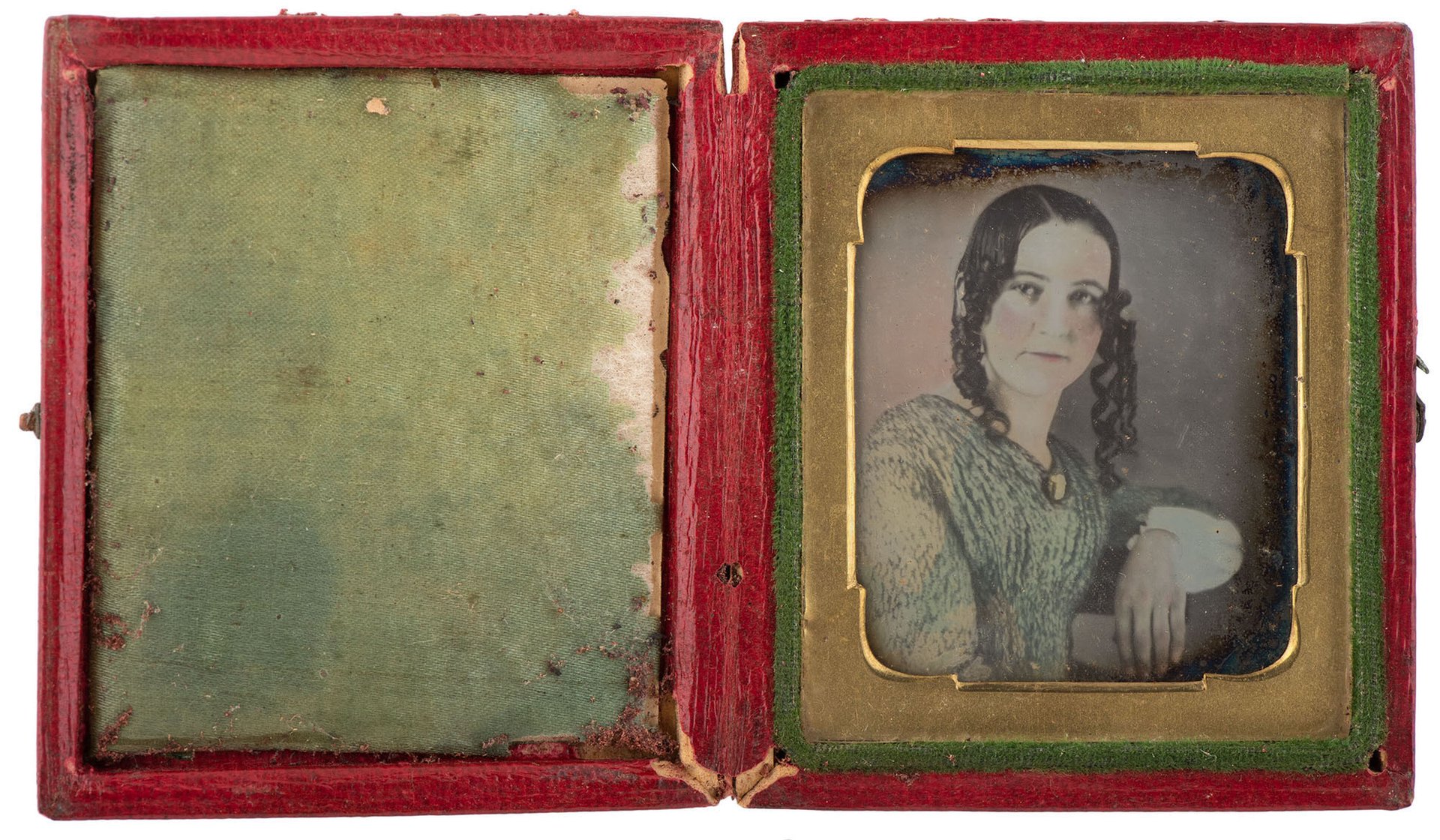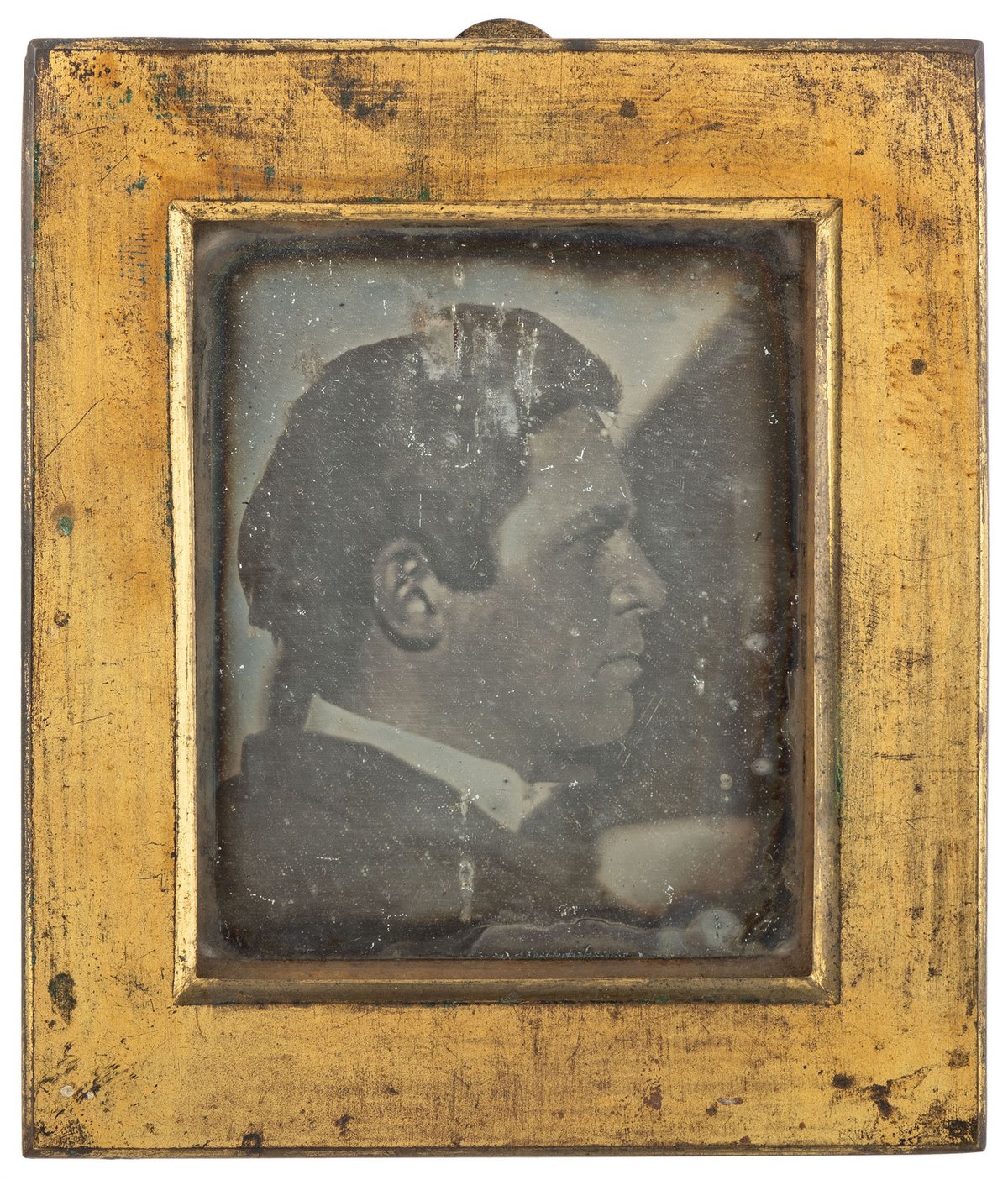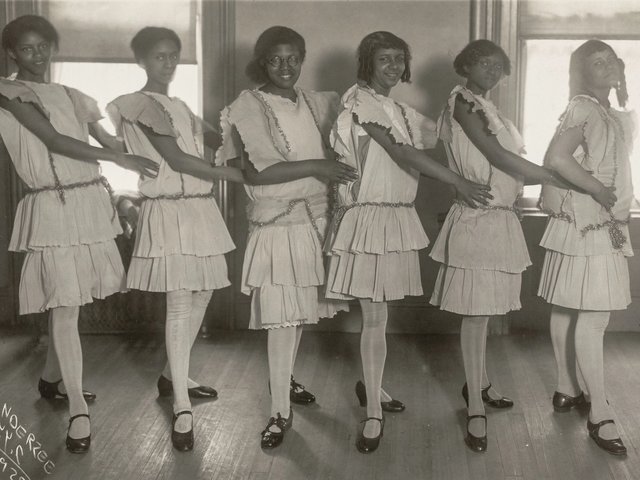In January of 1840, just a year after French artist Louis-Jacques-Mandé Daguerre formally unveiled his namesake photographic breakthrough at the Académie des Sciences, the American inventor Henry Fitz Jr. (1808-1863) sat for what is thought to be one of the earliest daguerreotype portraits made in the US.
The resulting image, a strikingly sharp picture of Fitz seen in profile staring intently forward against a backdrop diagonally divided between light and shadow, is one of 27 artefacts (including 23 daguerreotypes) that make up the Henry Fitz Jr. Archive of Photographic History, which has just been acquired by the Nelson-Atkins Museum in Kansas City.
“It’s incredible that such a significant group of exceptionally early work survived intact and came to auction in 2021,” says April M. Watson, senior curator of photography at the Nelson-Atkins. “This acquisition adds an important facet to our extraordinary holding of daguerreotypes, building upon an unparalleled legacy of astute collection building in this area.”
The Fitz collection is a major boon to the museum’s collection of objects from the early days of photography in the US. Its holdings include more than 1,000 daguerreotypes, including a self-portrait by New York-based Henry Insley from around 1839-40 and a set of portraits by Robert Cornelius of Philadelphia that date from around 1840-43.

Henry Fitz Jr. portrait of Julia Ann Wells Fitz (around 1840) Courtesy the Nelson-Atkins Museum of Art, Kansas City, Missouri
The museum had no works by Fitz prior to this acquisition; in addition to the daguerreotype portrait from early 1840, the 25 objects also include a hand-colored portrait of his wife, Julia Ann Wells Fitz, portraits of his sister Susan Fitz, and another three or four portraits of Fitz. It is the largest surviving group of his images, along with a collection donated by his son Harry Fitz to the Smithsonian National Museum of American History in the 1930s.
“We felt as though we were able to preserve a small but important slice of history,” Watson says. “We look forward to collaborating with other scholars and institutions, to expand our collective knowledge of Fitz, as well as this formative period in the medium’s development. It’s all very exciting.”
The collection of daguerreotypes and paintings was the standout lot in a 15 November sale of Fitz artefacts at auction house Hindman, where it sold for its high estimate of $300,000. In addition to establishing Maryland’s first photography studio in 1840, Fitz was a lover of astronomy and inventor who pioneered a type of refracting telescope. The Hindman auction included dozens of such telescopes and telescope parts.
Fitz’s pathbreaking Baltimore photography studio was short-lived. In late 1842 he closed it and moved his family back to New York City so he could focus on his telescope manufacturing business. Many of his largest models survive to this day. In 1863 he was killed by a falling chandelier in his Manhattan home.





